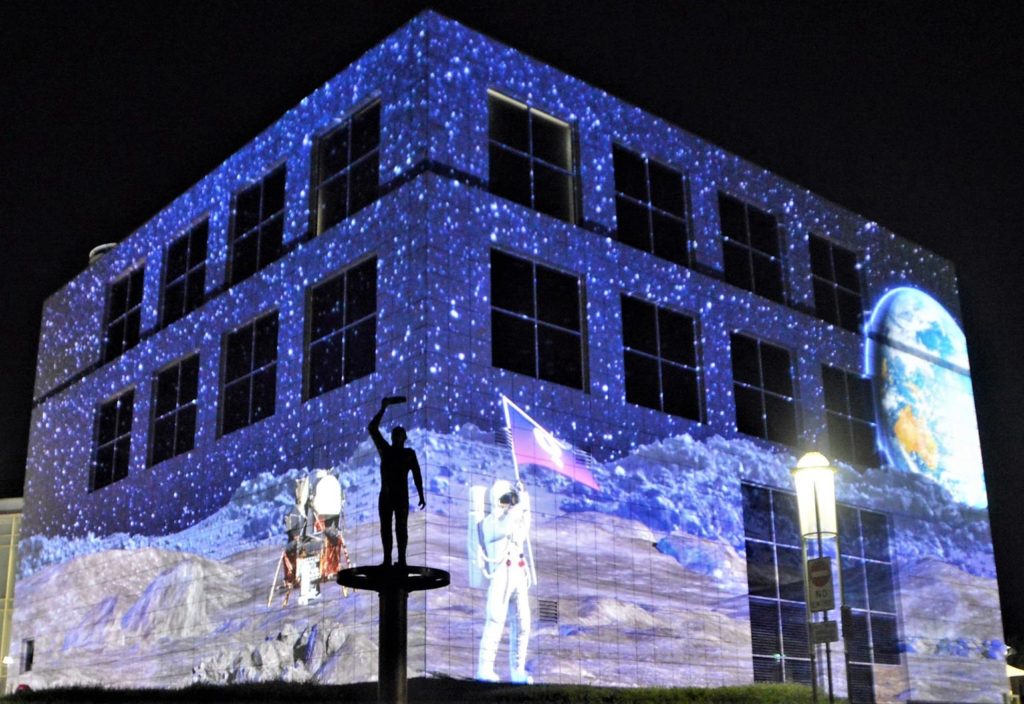Over the next three years, primary school teachers across the country will have access to workshops and resources to get their students up to speed on engineering skills.
The 2019-20 Federal Budget includes $6.2 million for Questacon, Australia’s National Science and Technology Centre, to rollout its Engineering is Elementary program to primary schools in all states and territories. Questacon will also receive $8.9 million to expand its Science Circus program.
Developed by the Museum of Science in Boston, US, the Engineering is Elementary program taps into children’s natural curiosity and relates it back to problems relevant to their lives and communities. It does this through 20 units including storybooks that walk them through a logical process of finding a solution with the help of an engineer.
For example, one book tells the story of a girl on an outback property who builds an alarm to remind her when it is time for chores.
Over the past two years, Questacon has mapped the Engineering is Elementary resources to the Australian Curriculum and run a successful pilot program in partnership with Raytheon.
Justine Romanis, National Manager, Professional Diversity and STEM at Engineers Australia, said she was excited the rollout had been funded and that Questacon was “perfectly positioned” to deliver it.
“This is the first national attempt at a program that addresses engineering in primary schools,” Romanis told create.
Age matters
Romanis added that research indicates that to grow the next generation of engineers, we need to get kids “excited and engaged” at an early age.
“A lot of the programs are targeting Years 9, 10, 11 and 12, but kids have lost their interest by then,” she explained, adding that for girls especially, many had disengaged with STEM by the end of primary school.
According to Minister for Industry, Science and Technology Karen Andrews, resources and workshops will be delivered to 1000 teachers in up to 500 primary schools across the country in a bid to support the demand for STEM skills in our future workforce.
Andrews, who has a mechanical engineering degree, has previously told create that she was interested in engineering from an early age. She said that engineering was vitally important to support nearly every aspect of our lives – from transport and infrastructure to electronics, and consumer products such as toothpaste and detergent.
“Then there are the high-tech products such as computers and iPhones and technology yet to be developed. The potential is limitless and our students have a lot to be excited about,” she said in a statement.
Romanis said Engineers Australia congratulated Questacon on the funding and would be working to support them in gaining industry funding and promoting the program as needed.
She said that while Engineers Australia’s EngQuest program has had “some small successes” in bringing engineering education into schools, the government-backed rollout of a national program is very exciting.
“It’s a huge advancement in the importance of engineering within education,” Romanis said.
